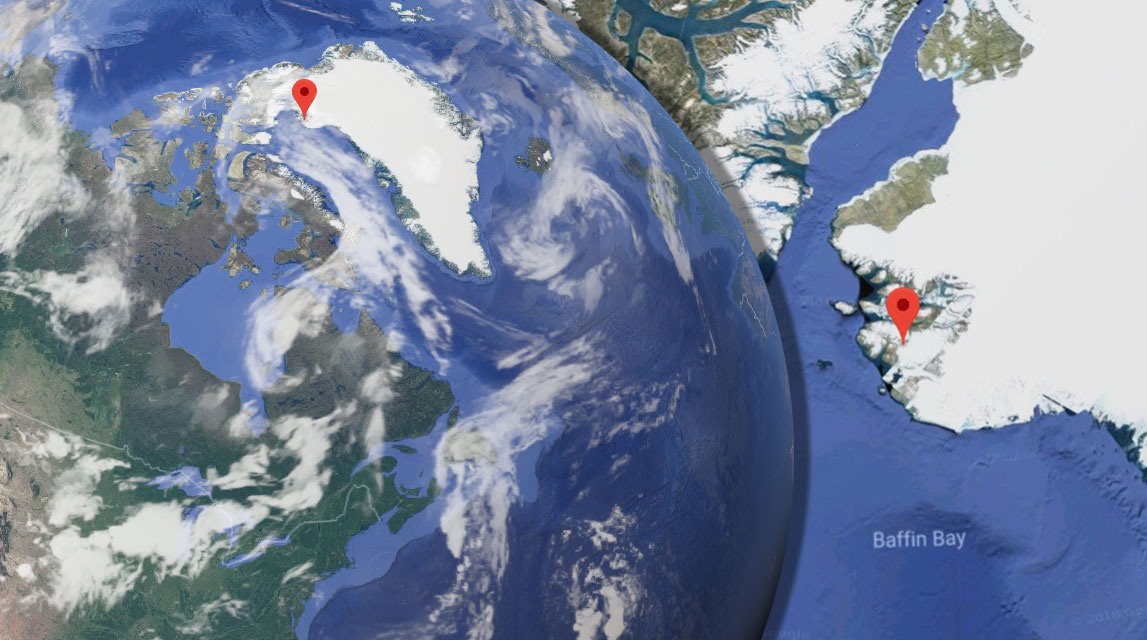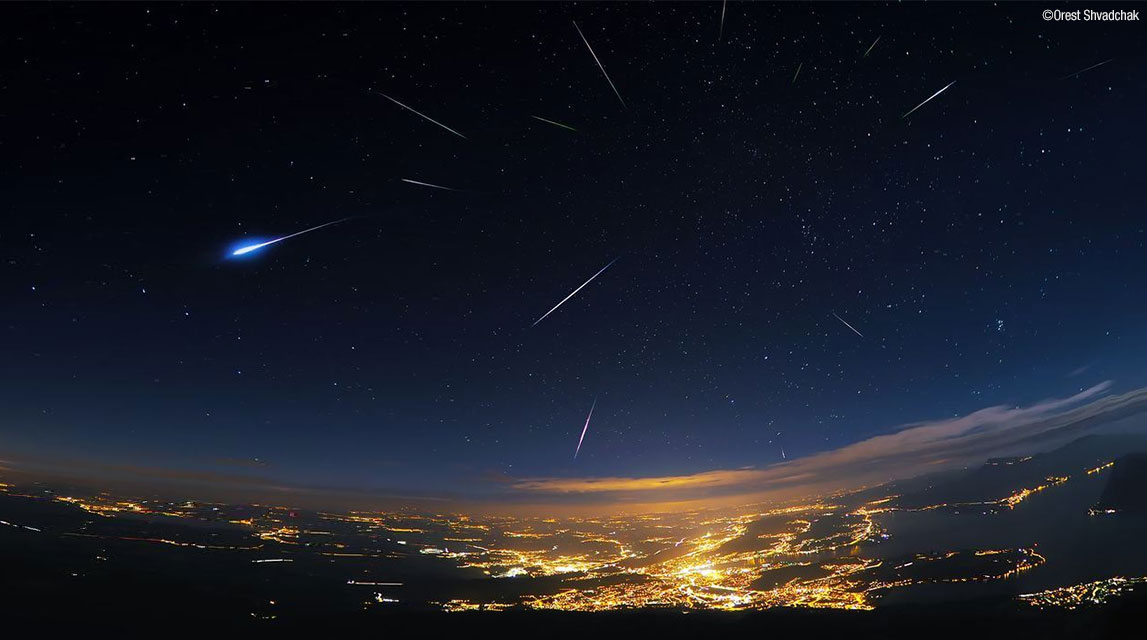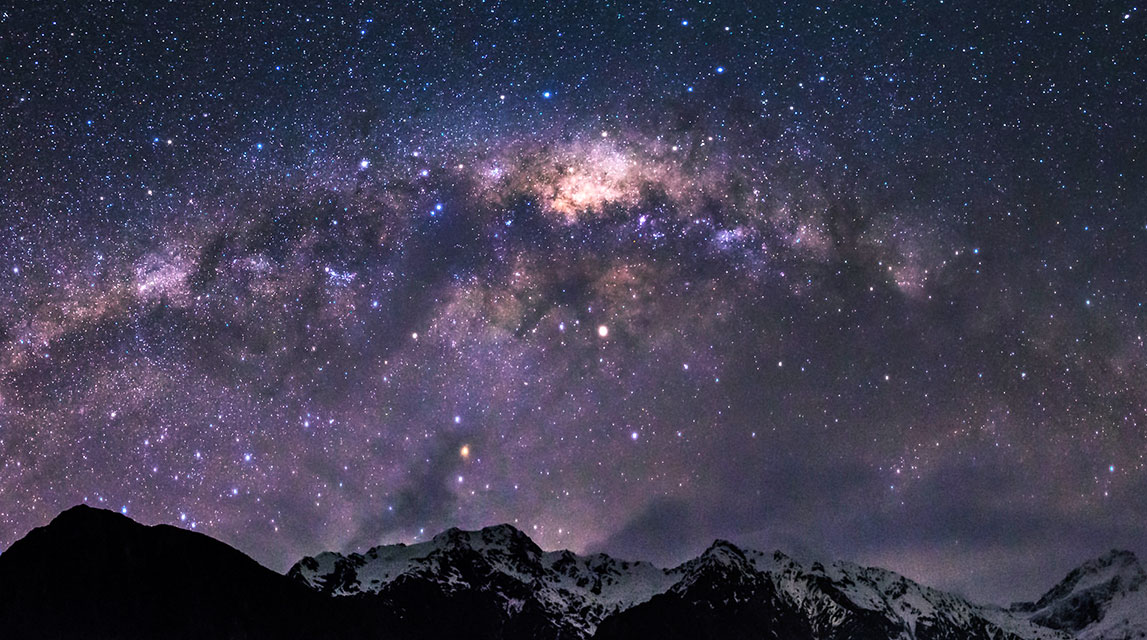
Meteor Activity Outlook for August 18-24, 2018
During this period the moon will reach its first quarter phase on Saturday August 18th. At that time the moon will lie 90 degrees east of the sun in the sky and will set near midnight local daylight saving time (LDT) as seen from mid-northern latitudes. As the week progresses the waxing gibbous moon will encroach upon the morning hours, limiting the time observers have to view under moonless conditions.
 American Meteor Society
American Meteor Society



















